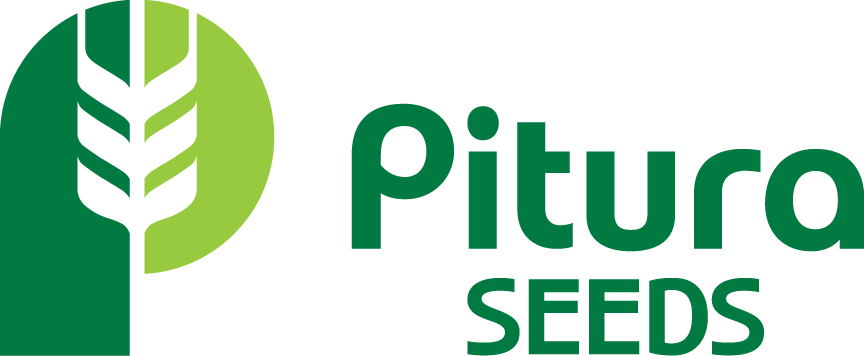Maximizing The Potential Of Corn Grazing
It’s challenging to maintain profitability in markets that are in a roller coaster pattern. The unpredictable weather as well as the looming tariffs are in the back of many of our minds daily. Let’s look at profitability, we all want to make as much as we can but what can we do differently to maximize it. Corn Grazing may not be for everyone, but it changes the conventional approach to managing this feed source. Let’s dive into some key factors that help make this form of grazing successful.
High Energy- Corn (grain kernel) is an excellent quality feed source with rough values ranging: TDN% (Total Digestible Nutrient %) of 87 and a NEm (Net Energy maintenance) of 2.15, and a Neg (Net energy gain) of 1.5 (dry matter basis) edging out barley in most cases. On the flip side corn is on the lower end of crude protein (right around 8), so when we look at corn grazing, we have to remember that cattle will go out and eat the cobs first followed by the leaf matter then the palatable stocks. The cow’s nutrition will vary over the course of each paddock, supplementing in protein will be important as well as some form of dry forage as they get to the end of the paddocks life to help maintain overall nutrition.
Decreased Costs- This is tricky as some operations methods will be very different to what others are. In this instance I’m comparing it to corn silage. Off the top there is no chopping fees which can run in the range of $15/mt on a wet basis all in for a custom rate. Fuel costs related to feeding day to day will also be decreased i.e. TMR’s and or bale processing. Less hours on machines will also lead to depreciation savings. Manure distribution is another saving to look at as reduced feeding in confined spaces or areas where crops can’t be planted will benefit from grazing fields. Earlier on in the grazing season animals should be pushed to clean up residue to maintain waste, this will also help with residue management come spring time.
Hybrids/Maturity- In the end high tonnage and good quality will have the biggest bang for your buck, but with that in mind we don’t want to push maturity too much. Stick close to a silage variety that fits your relative maturity. Silage varieties can provide big tonnages with good grain quality and give you the flexibility of chopping if plans change. Another benefit of the silage variety is the slower grain dry down. A higher moisture corn going into freeze up will also assist in less shatter loss when cattle are ripping cobs off the plant and chewing. Leafy floury varieties also have an added benefit of having a bigger softer kernel making it easier to fracture with better starch digestibility. Also, with the added benefit of a taller plant structure generally the cob height is higher which helps with high amounts of snow. Plan for success, treat a corn grazing fields fertility the same as you would silage or grain.
Herd Health- With high amounts of grain uptake that fluctuates, you can have the issue of rumen acidosis (grain overload) from ph changes within. Making sure the animals are limited to 3-5 days of grazing in each paddock will help reduce this risk, as well as sending the animals in full of dry forage will help limit the uptake of cobs in the first day. Paying attention to the cow’s gestation, especially going into the third trimester will determine the amount of supplemental feeds/minerals needed to maintain proper growth. Some cattle will graze corn better than others so keeping an eye on BCS (body condition score) will help weed out lagging animals. Moving lower scored cattle into separate pens with a provided ration will help keep animals from falling behind going into calving. Making sure cattle have access to a 2:1 mineral will help offset the low calcium levels found in corn.
The Piece to highlight is that you must do what works best for your own operation. Corn grazing won’t be the cheapest option, but it is good way to lower costs compared to traditional feeding methods. Challenging ourselves to come up with ways to be more profitable and going out of our comfort zone to try new management practices will be key to being successful now and in the future.
~Mike Gemmill



